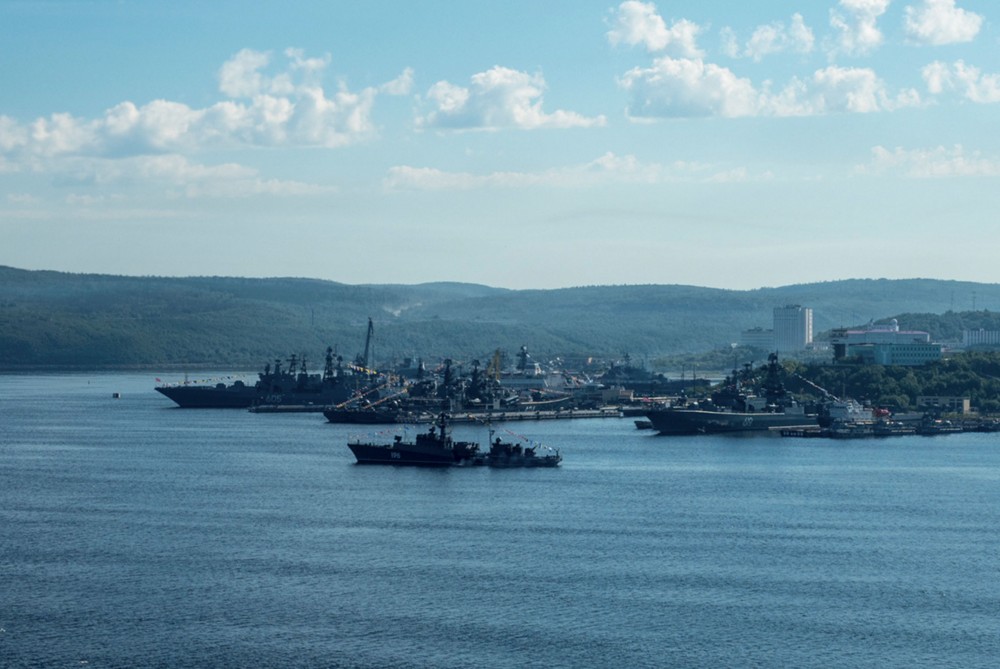Police department gets hazmat-like protective gear for overdose calls
FNC: A Massachusetts police chief ordered hazmat-like gear for his officers to help protect them from dangerously powerful drugs that could cause an overdose simply by touching the substance. Each Walpole Police Department patrol car will now be equipped with two hazmat suits, gloves, goggles and respirators to be used when responding to an overdose call, Boston 25 News reported.
Chief John Carmichael placed the order after three officers in Chelsea became lightheaded while responding to a car crash earlier this month. The officers were exposed to an unknown substance after entering the vehicle to help extract three unresponsive victims.
Though the substance in the case Carmichael is referring to was not identified, officers around the country have been on high-alert for powerful drugs that could be dangerous to touch even with gloves on. One drug, dubbed “grey death by authorities in Georgia, is believed to contain heroin, fentanyl and a synthetic opioid called U-47700 and can kill users with a single dose.
Elsewhere in Massachusetts police are testing a new database for documenting opioid overdoses that they hope will help departments share information in real time and get people into treatment. It was developed by criminal justice experts at Roger Williams University in Rhode Island and Kelley Research Associates in Massachusetts.
The system is designed so that when a department responds to an overdose it is recorded into a system, which then alerts the corresponding department in which the victim lives to do a follow-up outreach visit.
“We know people suffering from the crisis don’t just overdose in their town,” East Bridgewater Police Chief Scott Allen, whose department is one of 27 in Plymouth Count using the system, told the Associated Press.
This is such a crisis for users and for first responders, I got the following in an email today. It is worth sharing such that it does make the case that fentanyl in all its forms should be classified as a weapon of mass destruction. Last year, records show that more than 40,000 people died from various forms of opioid/fentanyl use. Let that number sink in.
Increased illicit use of opioids, including synthetic opioids such as fentanyl and its analoguecarfentanil, is a source of increased risk to responders.Most routine encounters between patients or detainees and EMS or law enforcement do not present a significant threat of toxic exposure. While there are anecdotal reports of public safety personnel being exposed to opioids during operations, they are largely unconfirmed. To proactively address the potential risks, this document establishes guidance for personal protective equipment selection and use, decontamination, detection, and medical countermeasures for first responders who may be exposed to opioids in the course oftheir occupational activities.Throughout the remainder of this document, the term synthetic opioids will be used to include fentanyl, fentanyl analogues, morphine analogues, the U-series opioids, and others.Synthetic opioids (sufentanil, lofentanil,carfentanil, U-47700, and others) are highly toxic organic solids (UN 2811) Synthetic opioids may be found as powders, liquids, nasal sprays,and pills.The particulate size of synthetic opioid powders typically ranges from 0.2 to 2.0 mm, andthe powders are easily aerosolized.The powders are both water and lipid soluble and present primarily a respiratory hazard. A secondary dermal hazard exists if there is direct skin contact with large bulk amounts ofconcentrated threat materials.Powder-like substances can become airborne and present a respiratory hazard,particularly during activities such as “burping” containers of potential narcotics or “brushi
ng” powdered residues from surfaces. Therefore, during encounters involving these types of materials, actions must be taken to avoid such aerosolization. Covering, wetting or leaving containers unopened are essential safety precautions. Use of proper personal protectiveequipment and standard safe work practices to prevent inhalation of powders and to minimize direct skin contact with residues should be instituted as soon as thepotential presence of such materials is suspected.



 For a comprehensive timeline and names,
For a comprehensive timeline and names,  Ships set out from Northern Fleet headquarters in Severomorsk. Photo: mil.ru
Ships set out from Northern Fleet headquarters in Severomorsk. Photo: mil.ru

